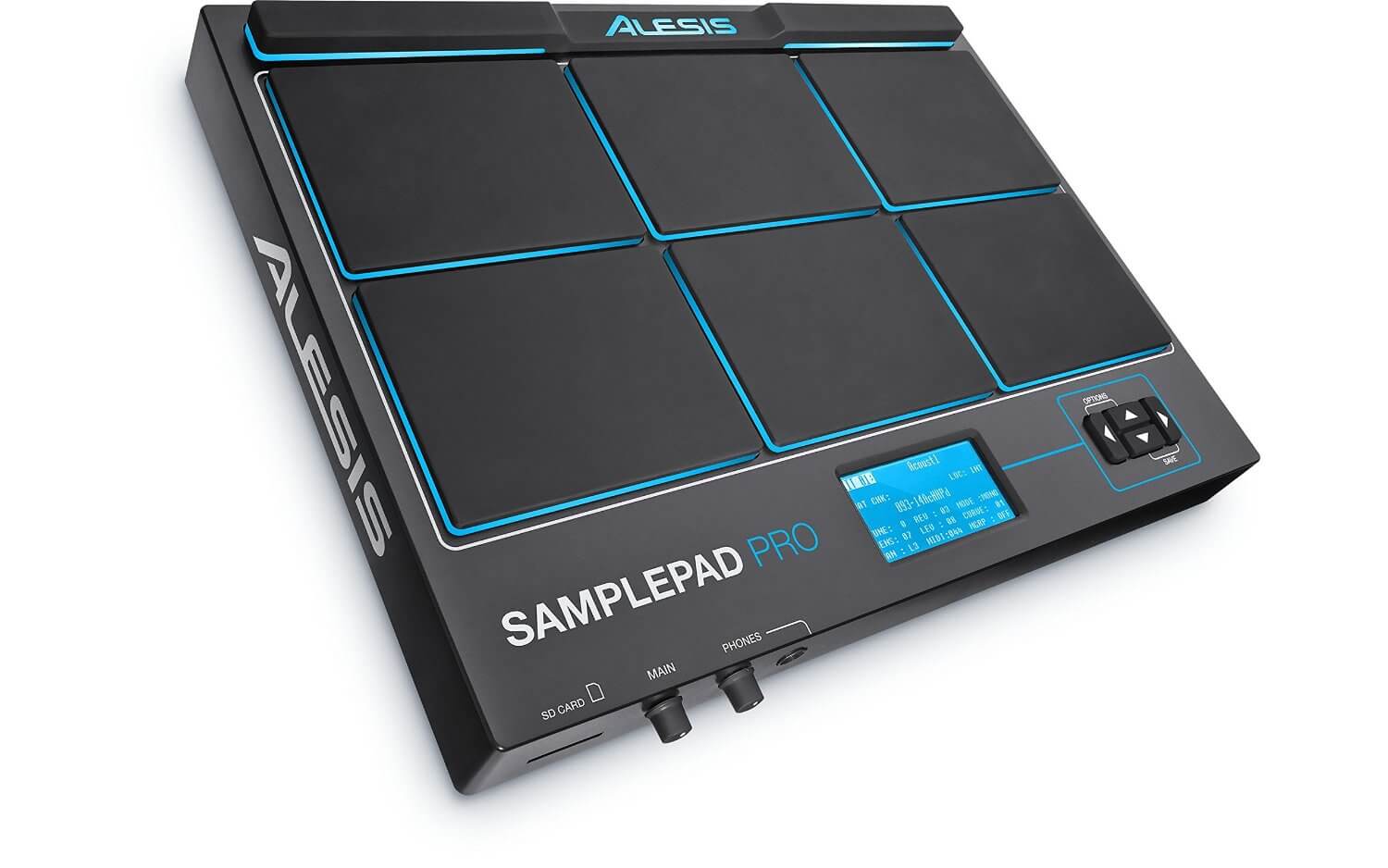

The Revelator io24 doesn’t have any physical faders and looks just like any ordinary audio interface. At just under €160, there’s quite a lot of functionality on offer here that’s useful for podcasting and streaming.Īlthough the PreSonus Revelator io24 is a USB-C audio interface rather than a digital mixer per se, it’s optimized for podcasting and streaming, so we wanted to include it here alongside the digital mixers. The AG06 converts at up to 192 kHz sampling rate and 24 bit rate. A headset including microphone can be connected to the second headphone output via 3.5 mm jack. On the output side, you’re getting a stereo output, a stereo monitor output and two headphone outputs. The RCA connections on Channels 5 and 6 feeds in signals from the home stereo system or CD player. This makes the AG06 equally suited to podcast conversations or live stream concerts.Ī stereo signal can be fed into channels 3 and 4 via jack inputs. You can also activate an amp simulation on the same channel at the push of a button.

Channel 2 has an additional “Guitar” option for compatibility with higher impedances, letting you plug in an electric guitar directly. Channel 1 and 2 are XLR/jack combo inputs, just like the MiNiSTUDIO. The compact mixers from Yamaha come in a rather chic white housing. Obviously, this is a low-cost solution to get you started if you’re on a very tight budget and don’t often need to use multiple microphones. The 2-band EQ helps to get rid of low-end rumble and other unwanted background noise. The XLR channel offers switchable +48V/+15V phantom power.
#Pro tools first alesis edition download mac#
The Q502 connects via USB 2.0 and is automatically recognized as an audio interface by Windows and Mac systems. The analog outputs include a stereo output, a headphone output and an RCA output, which gives you many options for connecting your monitors. The Q502 also has a stereo RCA input to connect your home stereo system or a DJ mixer, for example. You can use these to set whether you want to listen to input 2 or input 3 on channel 2/3, for example. If you feed a mono signal into channel 2/3 or channel 4/5, there’s a balance pot for each pair. Provided you have an XLR-to-1/4” adapter, you can also connect a second microphone. For example, you can connect an electronic piano and an electronic drum set to the two stereo inputs. It’s ideal for solo podcasters and single musicians on a tight budget. Small, smaller, Q502! This compact mixer from Behringer offers an XLR input and two stereo inputs – it’s the cheapest mixer in this list. Now let’s take a look at the various solutions available, listed in ascending order of price.

For small adjustments of the signals, if they sound dull or too sharp, there should also be an equalizer per channel. Alternatively, you can use two adjacent mono channels. For these sources, which usually have stereo outputs, your mixer should be equipped with the appropriate number of stereo inputs. Instruments like electronic drums or keyboards are also most often connected to 1/4” inputs, as are other line level sound sources like external audio players. If you want to connect your electric guitar or other instruments directly, you’ll also need 1/4” TS (tip-sleeve, “mono plug”) or TRS (tip-ring-sleeve, “stereo plug”) input. If you’re using condenser mics, don’t forget about phantom power! Ideally, this can be switched on individually per channel. Live streaming also uses one microphone and thus one mono channel for almost every source. the total number of microphones) determines the number of mic inputs that you’ll need. For podcasting, the number of hosts and guests (e.g. A source (microphone) goes into a channel via a cable. Most mixers offer a selection of XLR inputs and 1/4” jack inputs (balanced and/or unbalanced) in varying configurations. That depends on your specific application and sound sources. Time to determine the amount and type of signal inputs you need. Furthermore, the mixer should have a USB port for direct connection to the computer, which eliminates the need for an audio interface. Also, when streaming a live gig or podcasting with multiple hosts or guests, multiple headphone jacks with individual volume controls are an advantage. If there’s more than one audio source and you want to control volume and audio effects externally, on the other hand, a small mixer makes sense. If you only want to record your voice, you might not need one – a USB microphone might be enough. What do you need?įirst, it’s important to get a clear picture of what you need the mixer to do. Note: This article by Julian Schmauch was originally published in German on and has been adapted for.


 0 kommentar(er)
0 kommentar(er)
